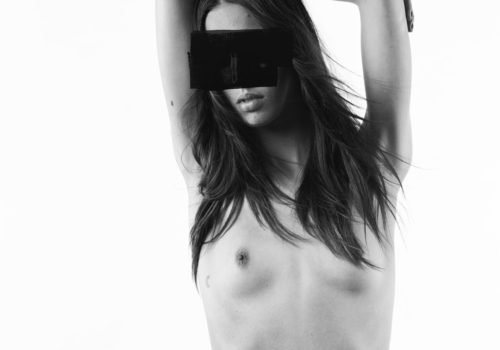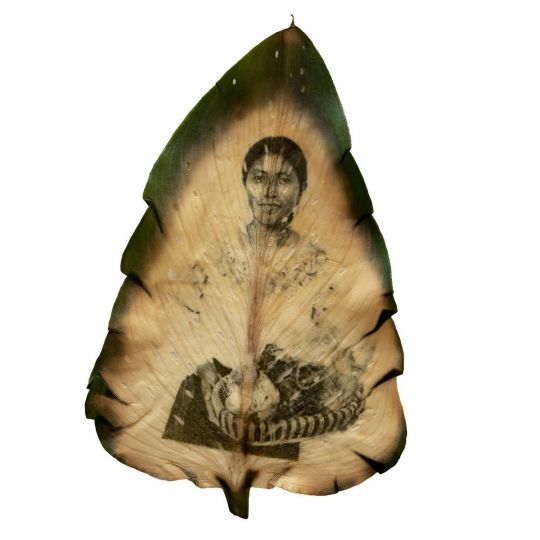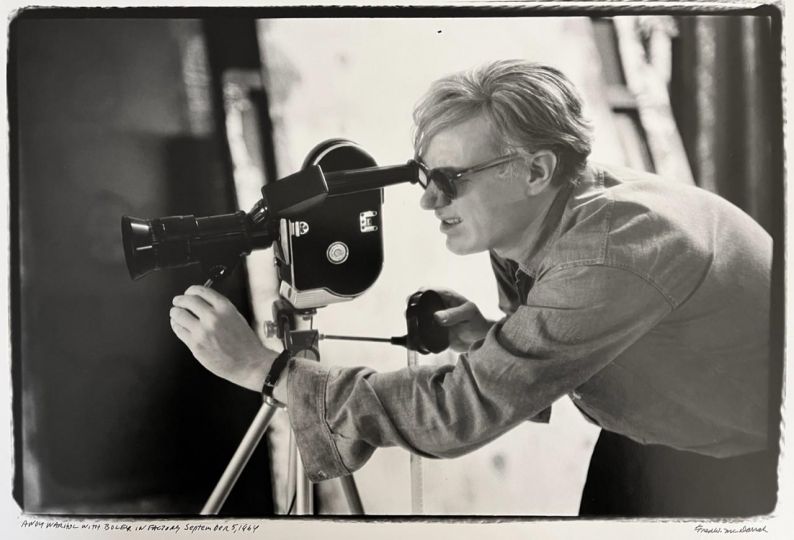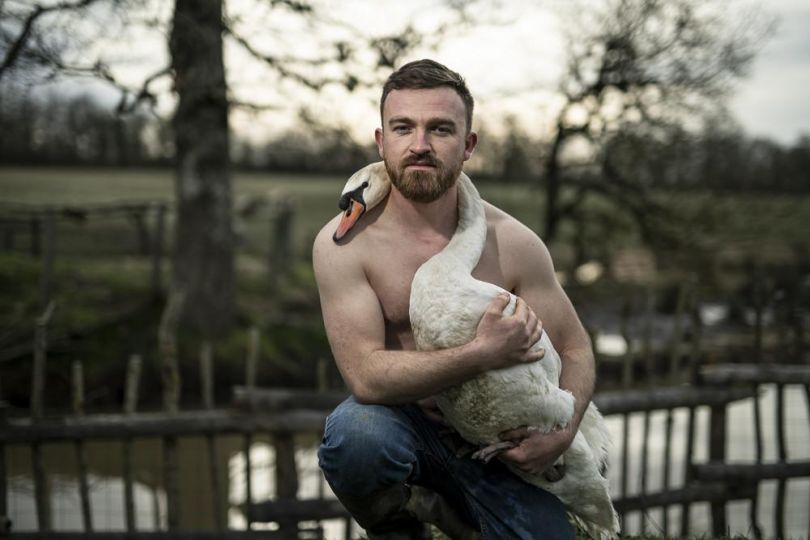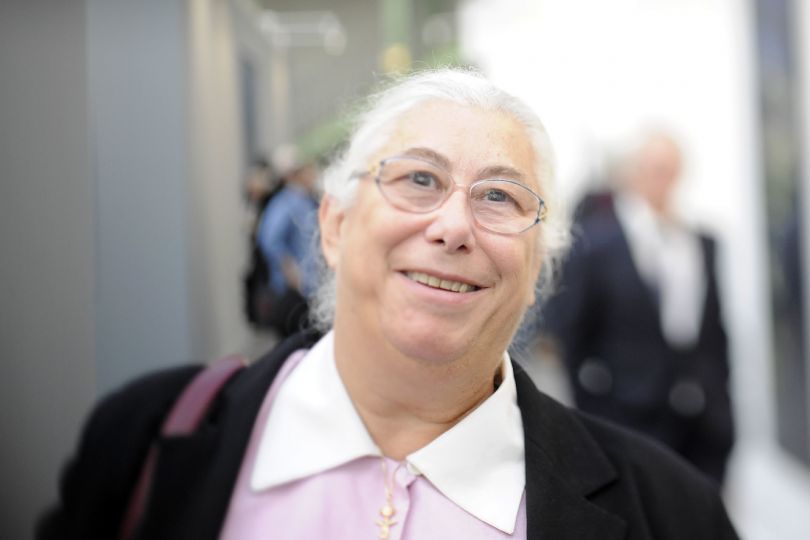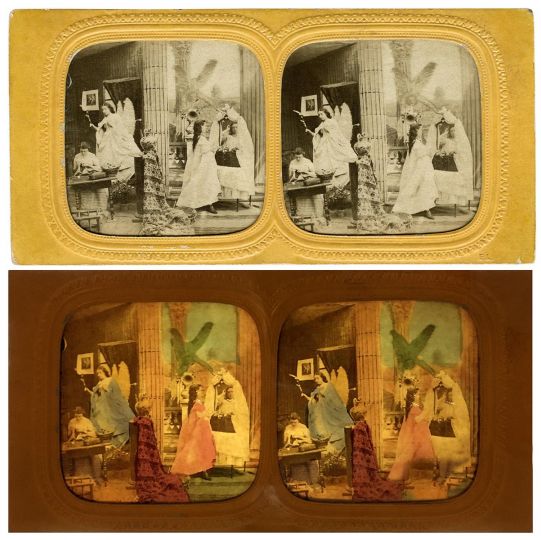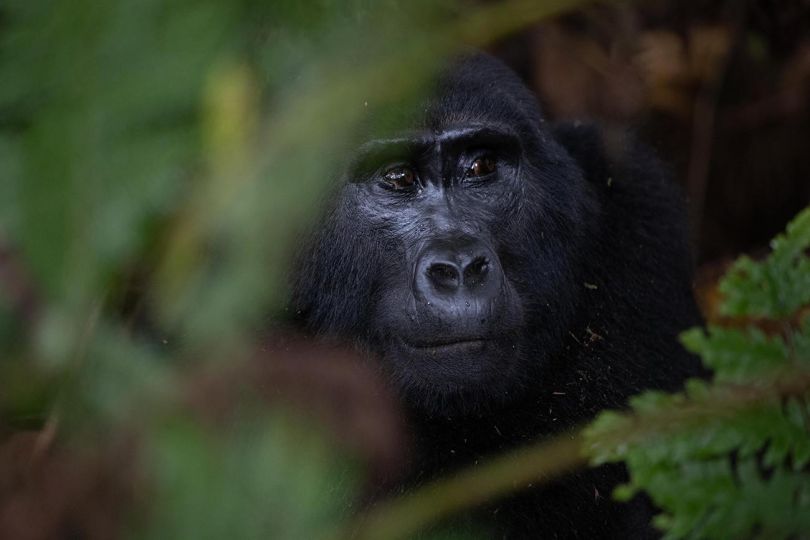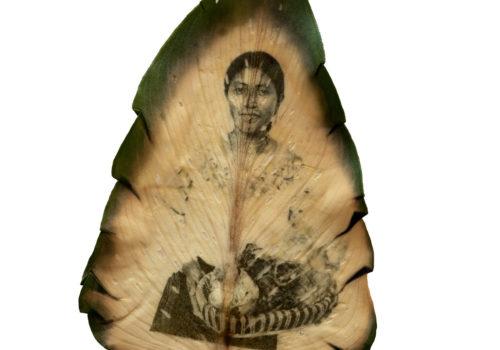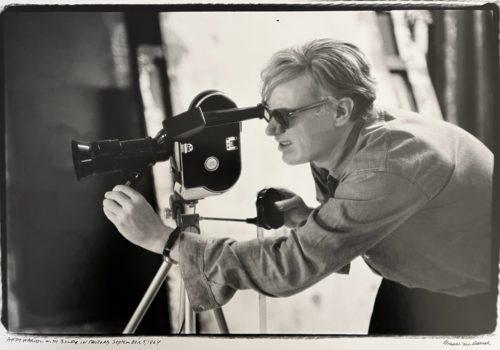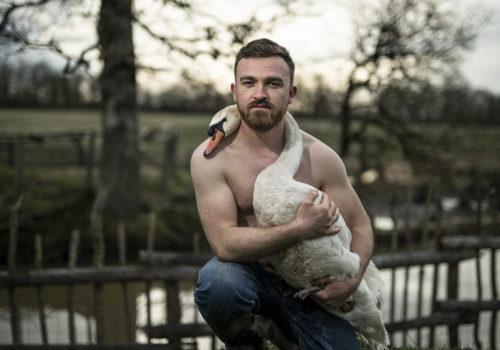“If you are writing a story about an artist, you really have to mention that he comes from the single greatest art family in America.” Ariel Levy, New York Magazine
Max Snow, born in 1984 and raised in New York City, studied at the London College of Communications. Known for his “signature black and white photographs, intimate and melancholic, at times as uncomfortable as they are sublime; beauty, fantasy, mortality, and the metaphysical are all recurring themes.” Despite his rarely mentioned art-royalty background (his Great-grandparents are mega-art collectors, John and Dominique de Menil, founders of The Menil Collection museum in Houston, Texas; his Grandmother is designer and art collector Christophe De Menil; and he is the brother of the late avant-garde artist Dash Snow), Max forged a path on his own merits through the New York art world.
In 2008, Snow began making a name for himself with his first solo show “It’s Fun to Do Bad Things”, a collection of black-and-white photographs that included three groups of extremists, the Ku Klux Klan in Kentucky and Indiana, Latin gangs in downtown Los Angeles, and black metal musicians in Scandinavia. He has since had solo exhibitions in Moscow and St. Petersburg, Russia; at Galerie Serieuze Zaken (Netherlands); and most recently at Duve Gallery (Berlin).
French photographer and master printer, Laurent Girard, made introductions for me after I viewed Snow’s striking large-scale nudes being printed at Griffin Editions in New York.
EA: How many images will be in your upcoming show, “100 Headless Women”?
Max Snow: There will be 30 images. 100 just had a better ring to it. There is a surreal element to this series so the numbers for example shouldn’t be taken literally. I believe this may be an ongoing project. I don’t know how or when it will end.
EA: EA: Who are they to you?
Max Snow: The subjects in this series have fluctuating meaning to me. By obscuring the faces, a viewer is presented with a new scenario, which opens up the “portrait” to an array of interpretation that one wouldn’t normally be confronted with. It is no longer just a picture of a person; by taking something away you make it something more. The blank area in the face allows a viewer to personalize the image or identify with it more, as when you listen to a woman sing and you imagine her body but she usually doesn’t have a face for some reason, you’ll fill that in eventually when you meet her, the woman of your dreams or your fantasy. It’s always in shadow. Listen to Maria Callas, close your eyes, forget what she looks like if you know, then what do you see? The faces are always in shadow in my mind. These images confront you with more than just a dialogue about how things look, there are other emotions. Hopefully they make you feel, like when you lose a sense and the others are heightened to a new level. Normally when looking at a likeness, people look at the eyes and the face to tell the subjects story. In this case you are denied that, so you must look at things differently and find new meaning, messages that may have otherwise been overlooked. Looking at these images, they always take new meaning for me. Sometimes I see them as only shapes, which I like. Sometimes, I am able to identify with the subjects in this series because they are vessels that conjure memories of people lost long ago; remembering them, their faces are no longer visible; a blur. Only their voice and your memories of them remain. Collectively, these images become a cast of characters to whatever you would like to attribute them to. An historical event that never took place, a fable that was never told, etc. So the answer to this question in short is that ‘they’ are everything and nothing to me.
Elizabeth Avedon
100 Headless Women
Kathleen Cullen Fine Arts, New York.
Until April 27, 2012

